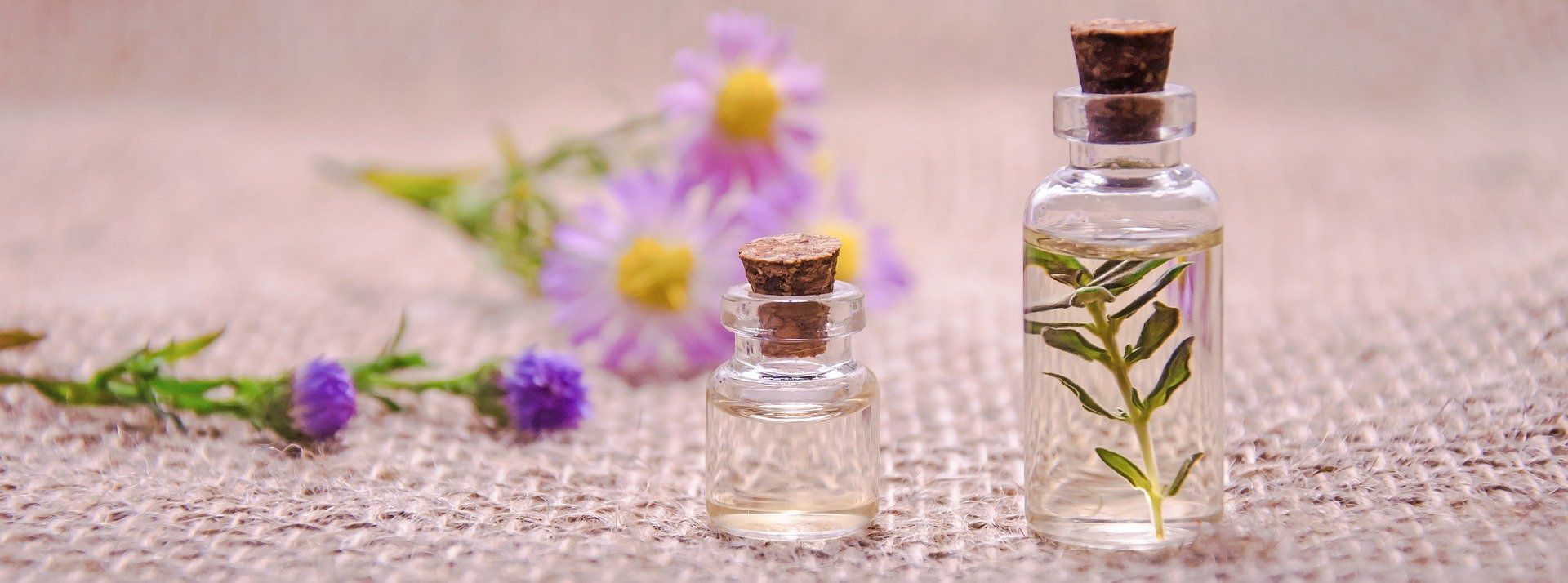
Choosing Terrarium Plants
As we Choosing Terrarium Plants, we could create many different styles based on our plant selection.
For example, you might use a mixture of succulents to create more of a desert scene.

Perhaps you use ferns and Ivy and mondo to create a woodland setting and,


of course, there are a great variety of tropical plants to lend a more tropical theme

There are a few things we want to consider as we’re selecting plants first, we want to think about our container.
If we’re going to be using desert style plants, we want to use an open container so that it’s not as humid of an environment. However, a lot of our tropical plants require that closed container to keep the environment a bit more humid.
Another thing we want to think about is, where we’re intending to place the terrarium in the house, because this will affect the light levels and temperature inside the terrarium, which of course affects the plants.
So most of our choosing terrarium plants, particularly the tropicals, need a moderate light level. So we’ll want to put the terrarium near a window, but not directly in the window.
If we put a closed terrarium in direct sunlight, the temperatures inside here will get exceptionally high and kill our plants. Now an open terrarium with succulents can be placed in direct sunlight.
Okay, so let’s look at some of the plants I like to think on the ground level. First and a number of our landscape plants like sea, domes and creeping Jenny.
Even Dorf mondo make a really nice ground cover inside the terrarium. What I really like to use for ground cover is mosses, because they have such unique textures. There are many different varieties available.

We can also use lichen, they also take the conditions inside the terrarium very well. There are a lot of different types of lichen, which again give us many different, textures and colors to choose.

What I like to look for a variety of forms, textures and colors – and here I have a couple of different rex begonias – that give us a lot of variety when it comes foliage color in front of this one is a waffle plant, great texture and that nice Deep purple can help create depth in our planting.


The arrow plant has a nicely shaped leaf that’s very unique compared to other plants, and we also have different sized foliage and different color foliage to choose from another great plant for color is photo Nia.

and this one is with one of my favorite plants, the Purple Passion plant. I remember having one of these on my windowsill as a child. It was my favorite plant because it was so soft and free.


I also like to consider some taller plants for the backdrop and Ivy’s, make a great choice. We can have solid green there’s, also white or yellow variegated and, of course, ferns are great for a backdrop.
They provide that solid for all these colors to play off of when we’re selecting plants, we want to make sure that we use plants with the same requirements.
We don’t want to mix dry loving plants with moisture, loving plants in the same environment, otherwise one is obviously going to suffer.
We also want to look for plants that are fairly slow, growing and have a compact habit so that they don’t outgrow, the terrarium.
Of course you could come in and prune them occasionally and likely. We’ll need to replant the terrarium after a few years as the plants outgrow their environment.
One last thing: as we’re selecting plants for the terrarium, is not to get too carried away. We don’t want to overcrowd the plants because they’re, certainly going to keep on growing.
Take a look to our section for a great terrariums selection to buy here.







